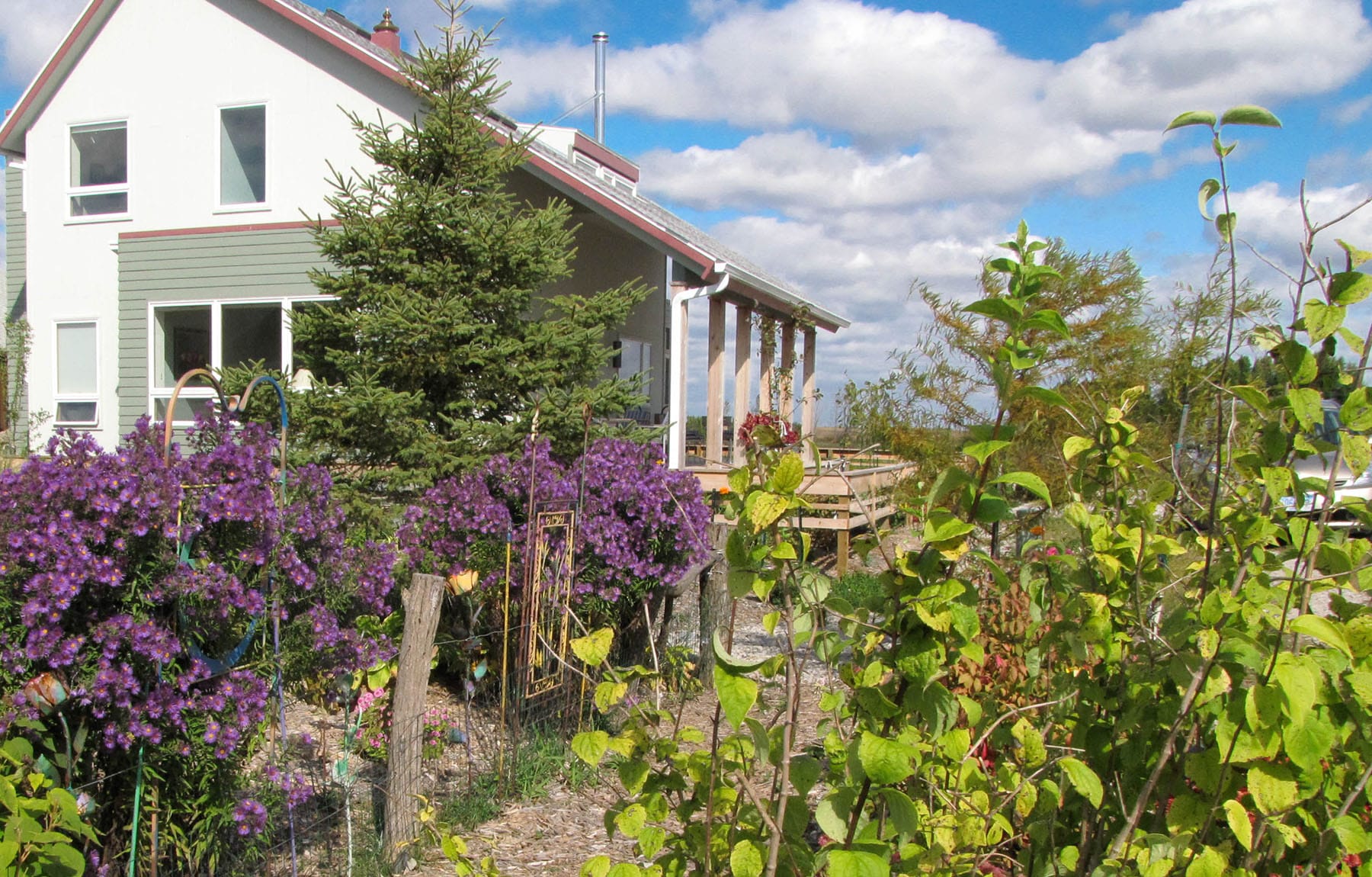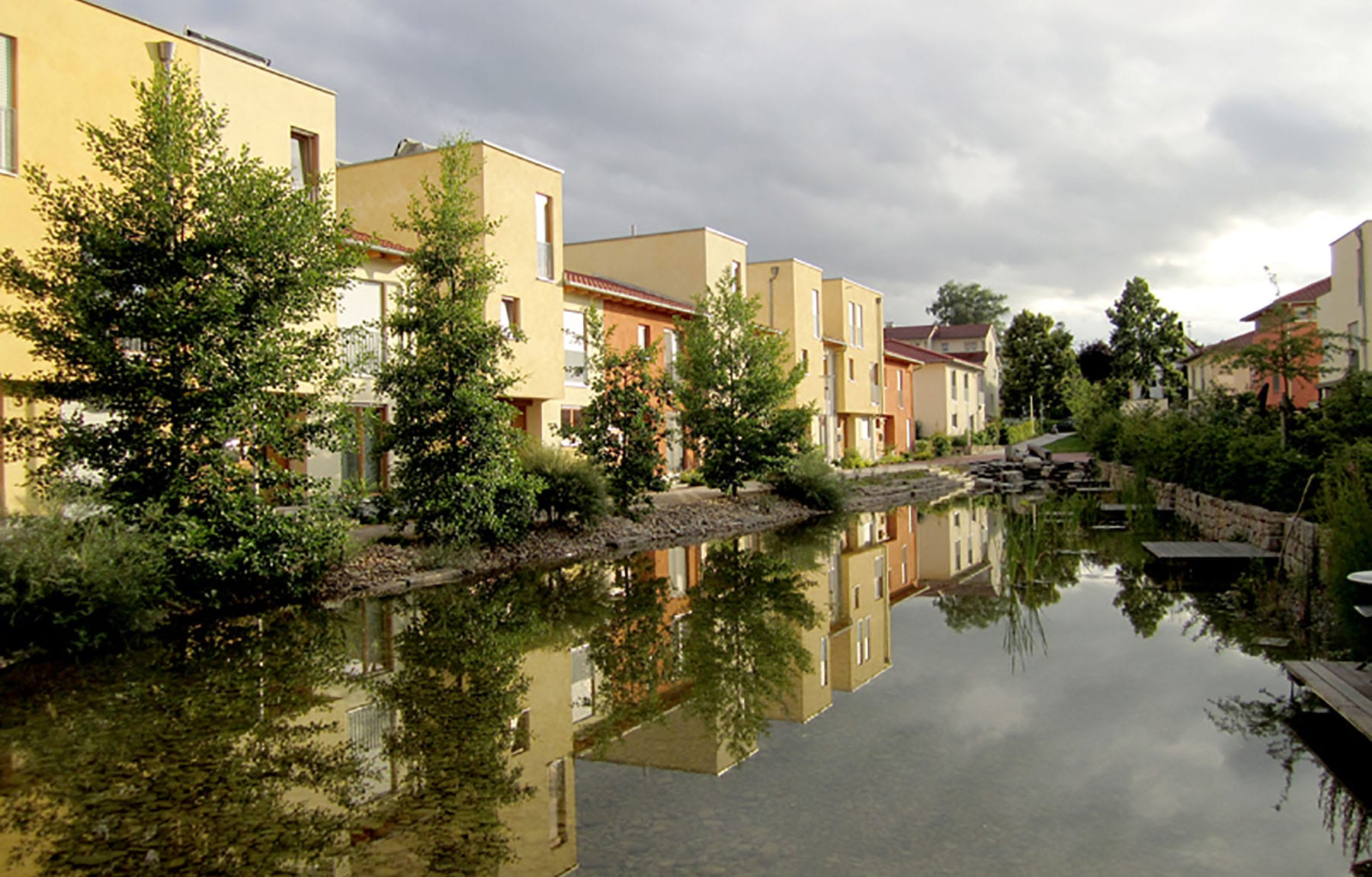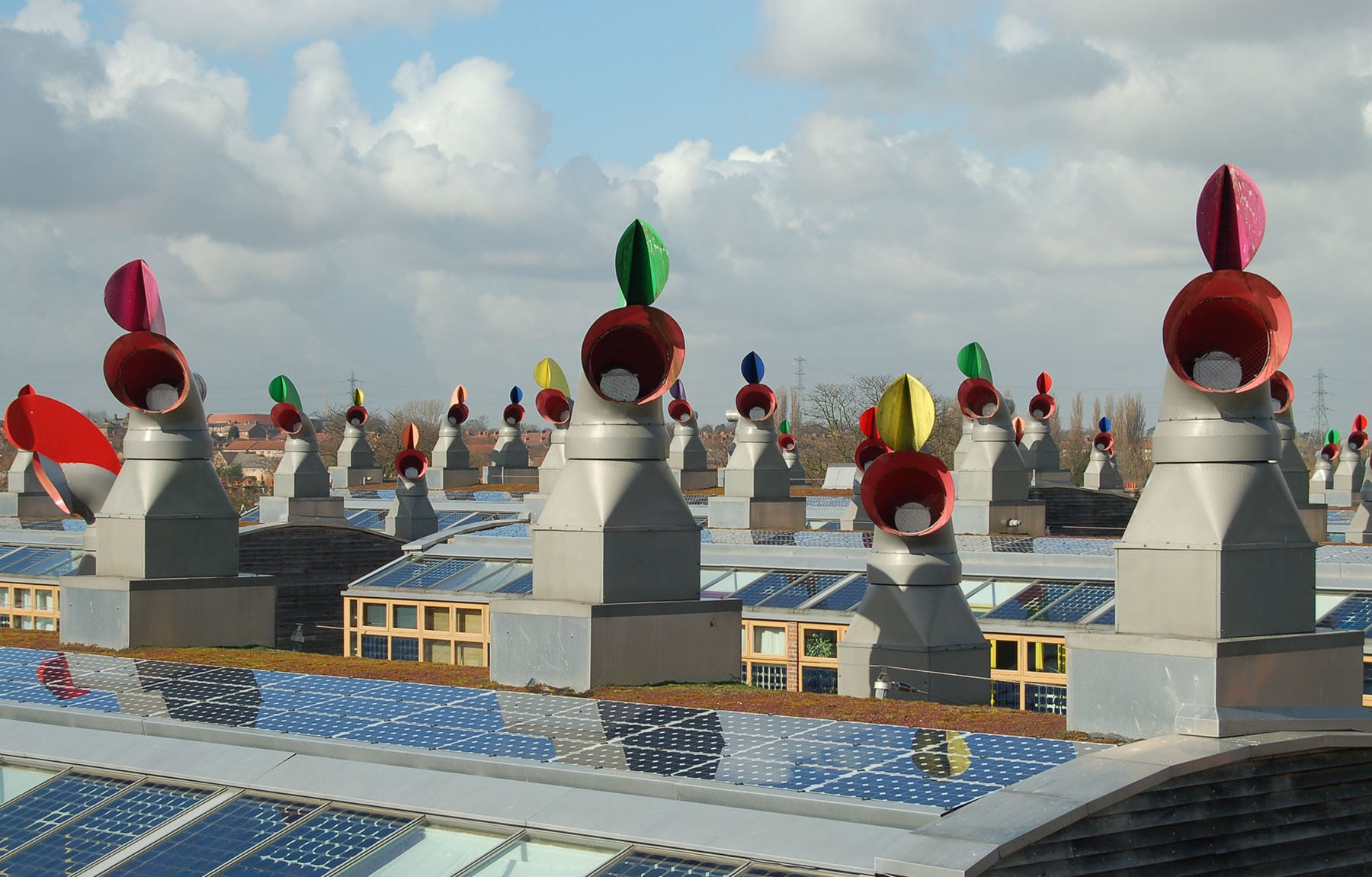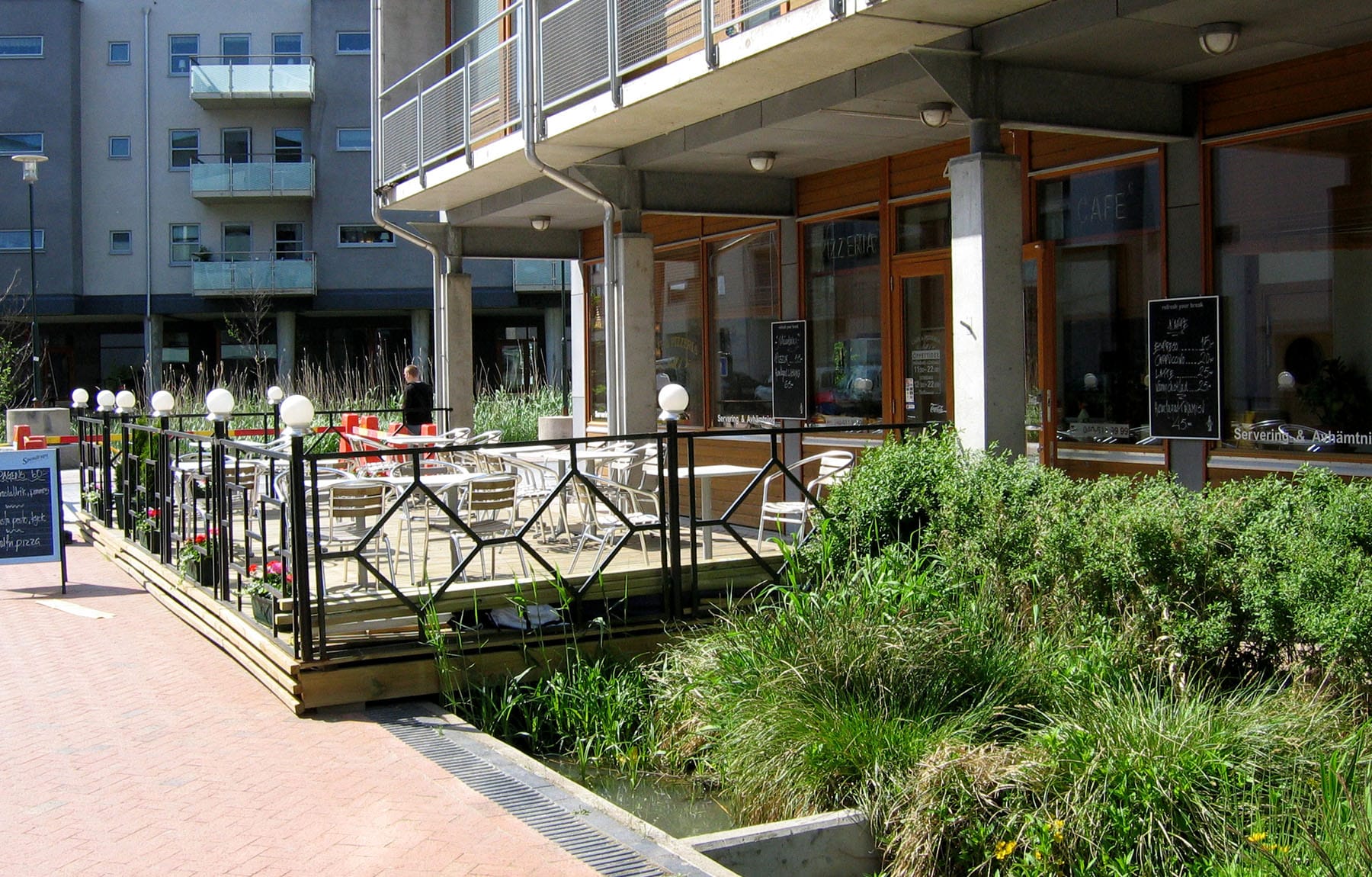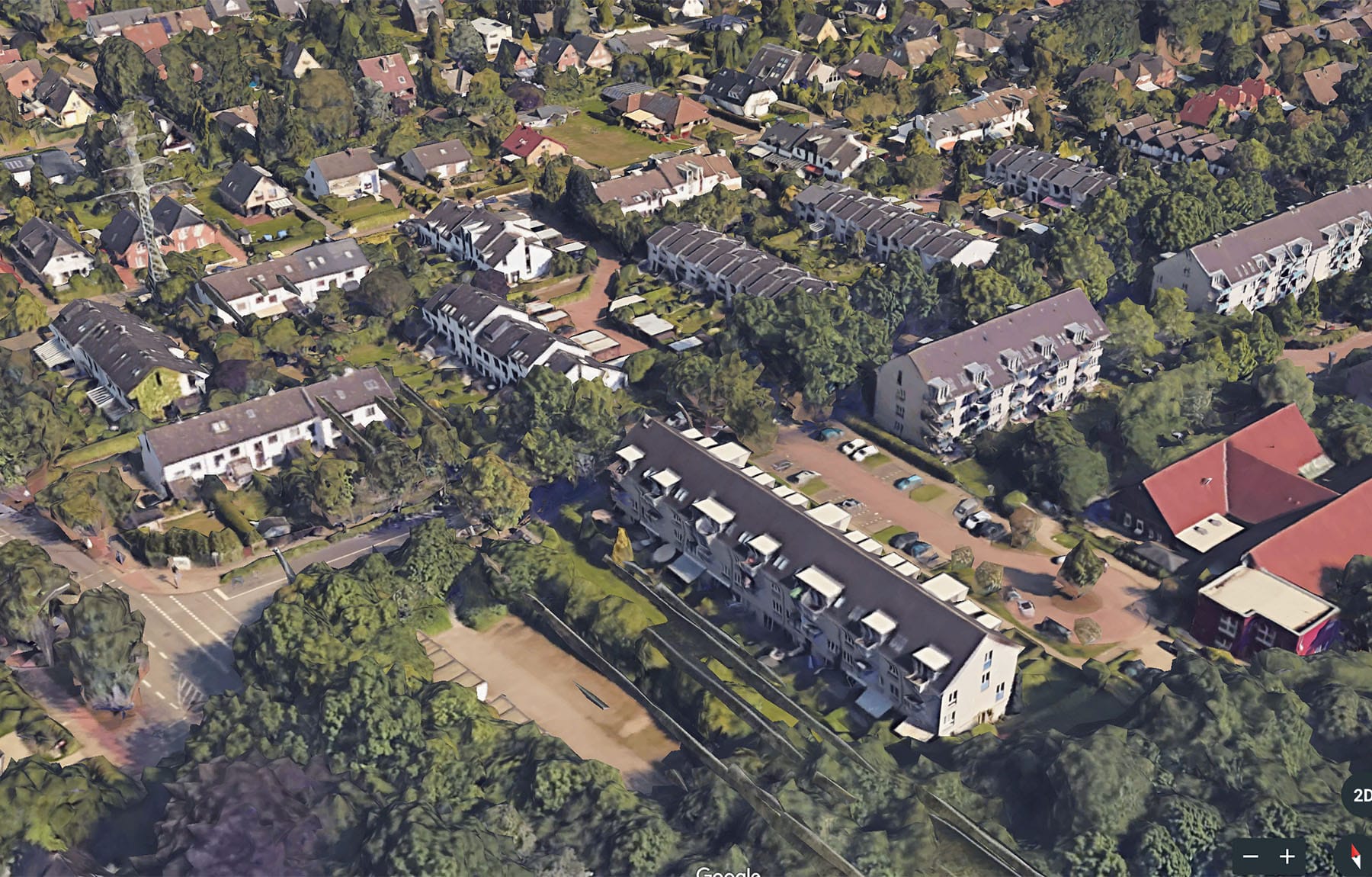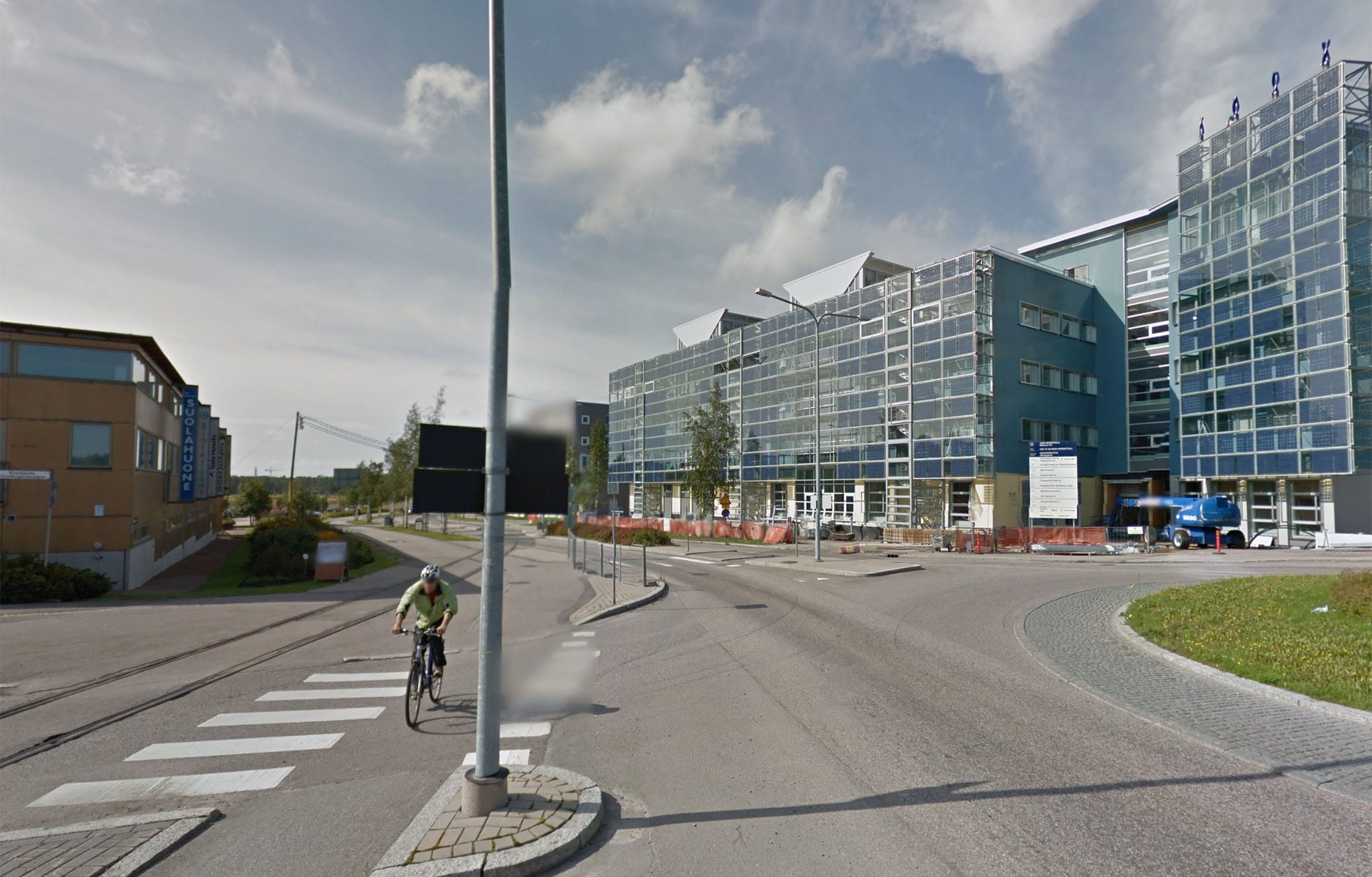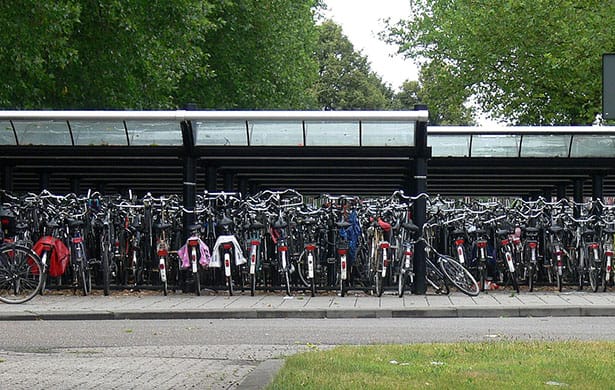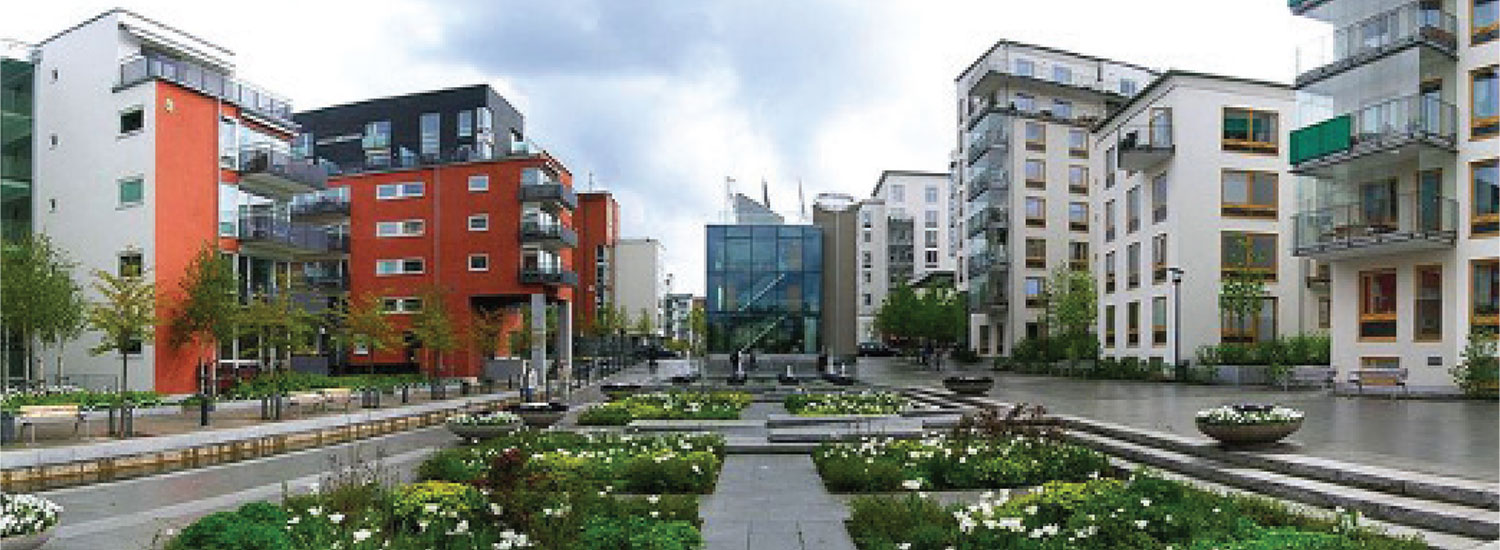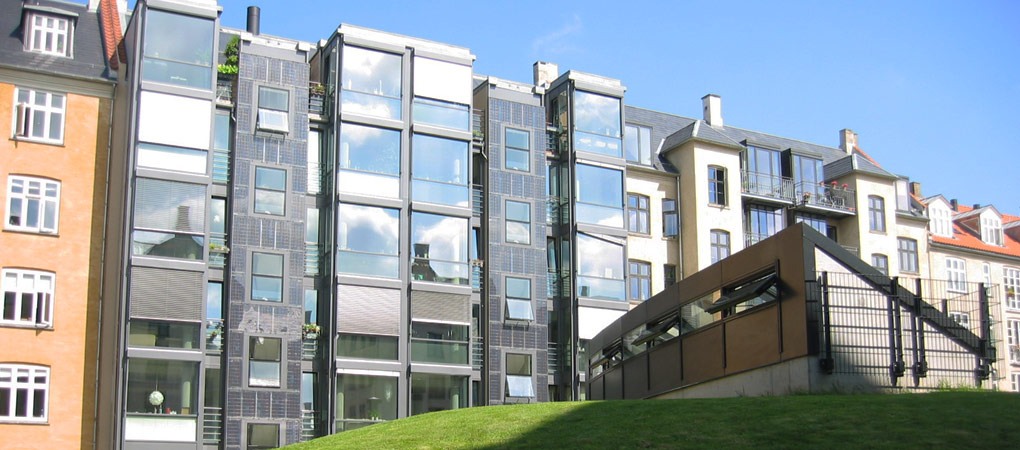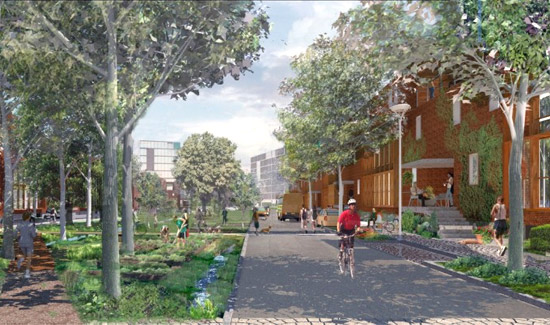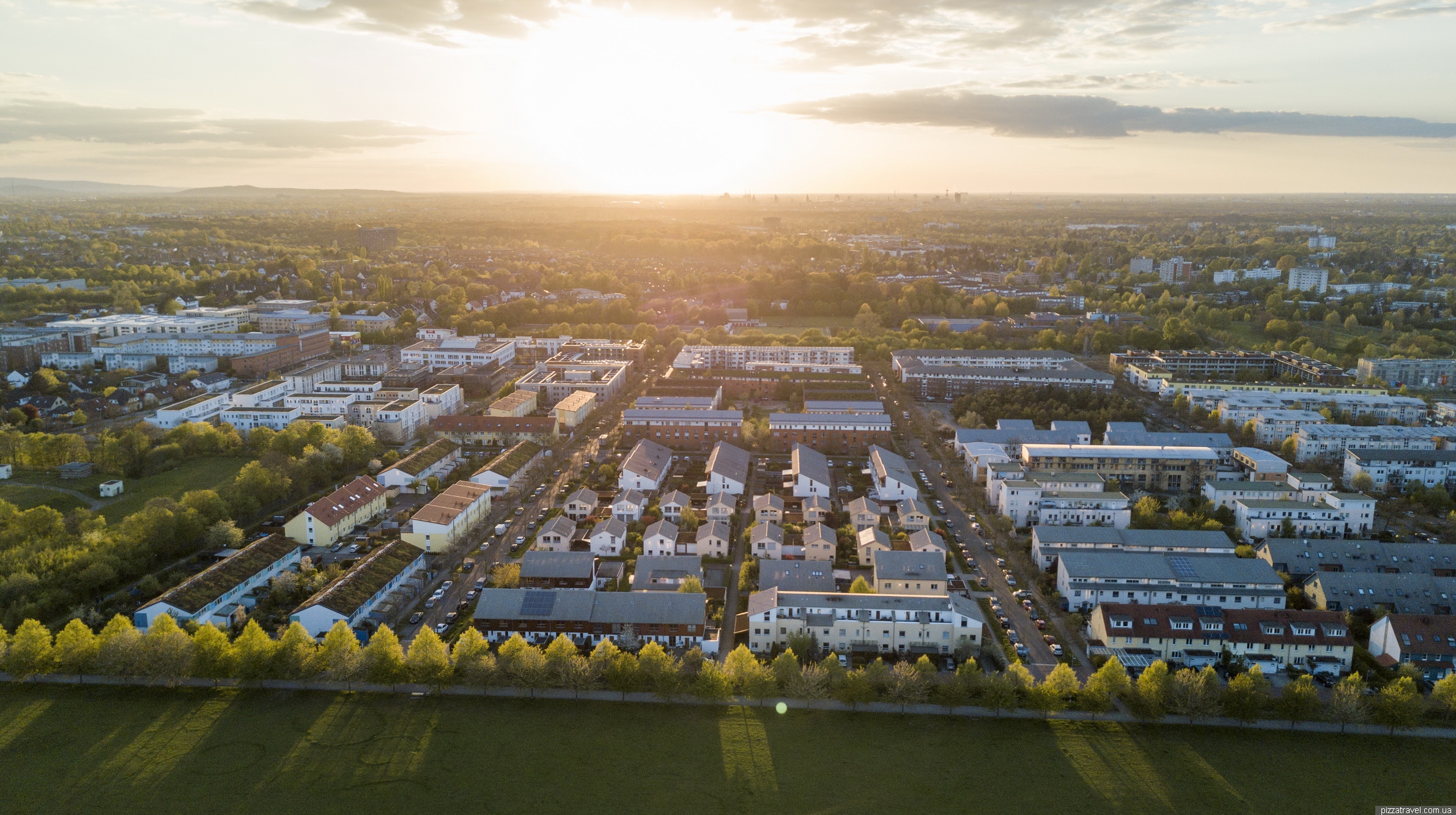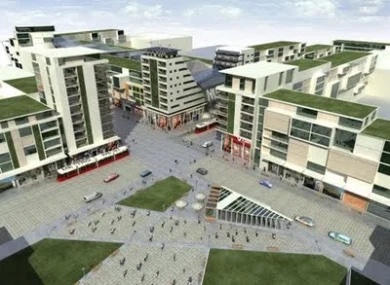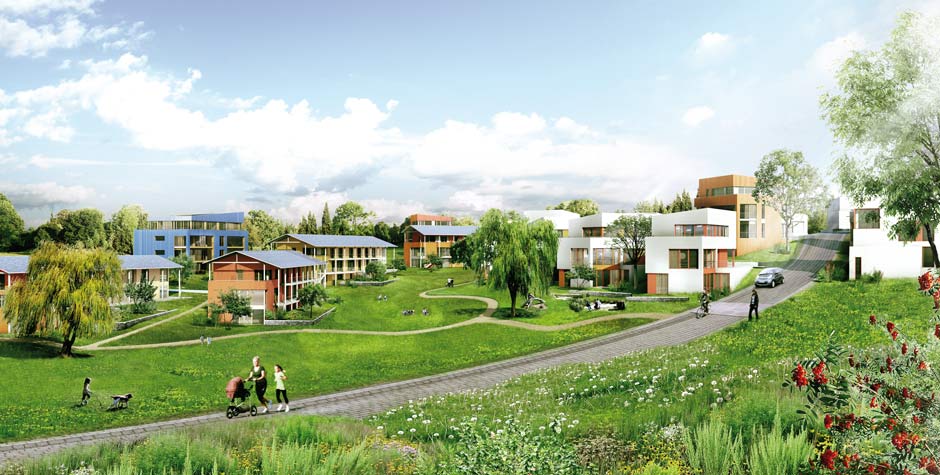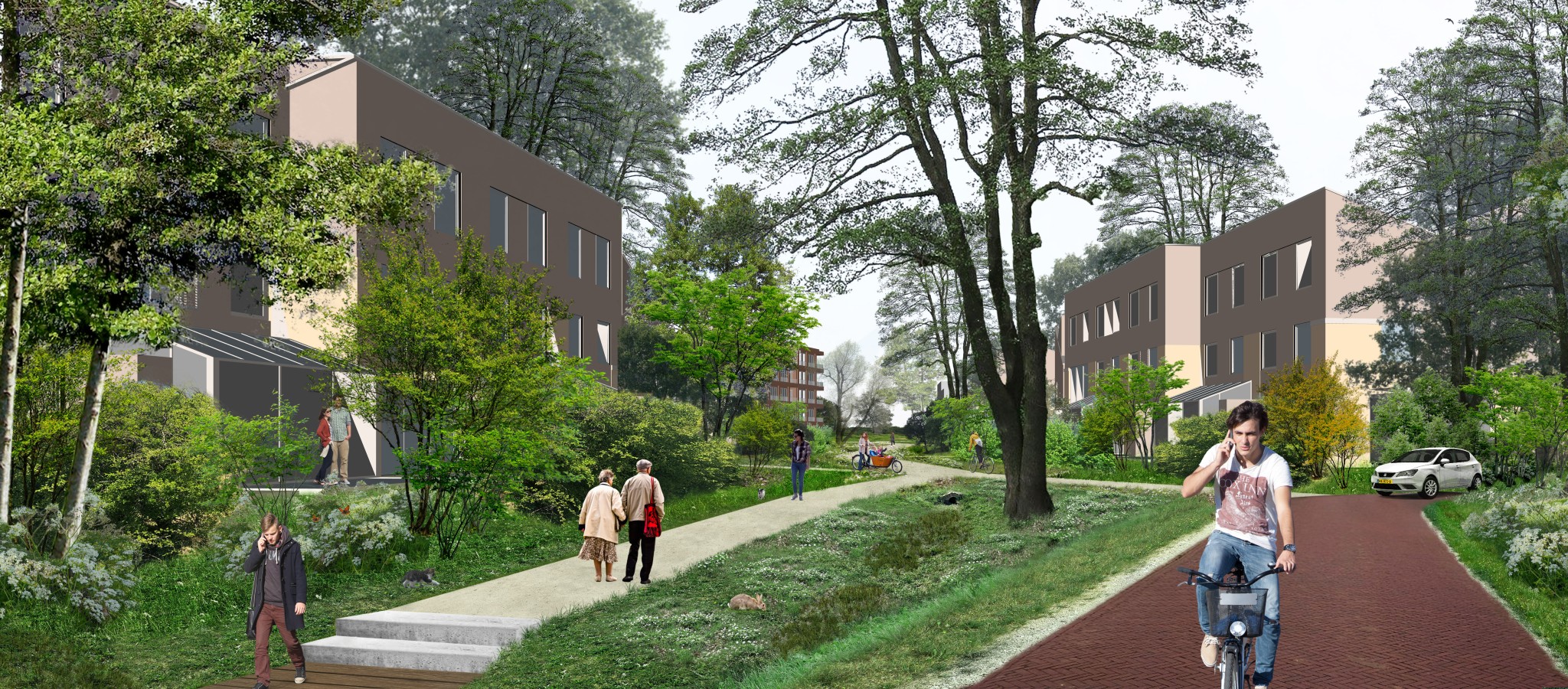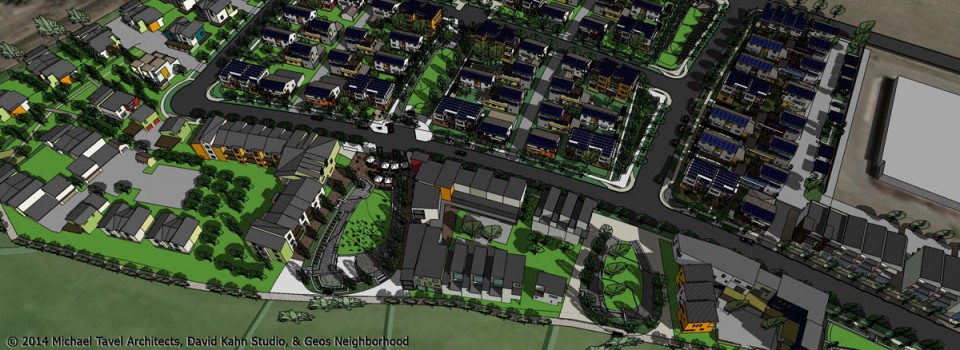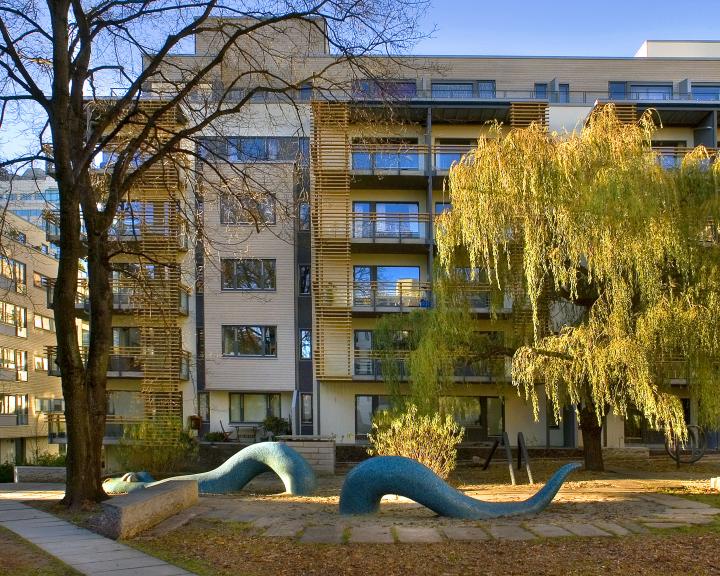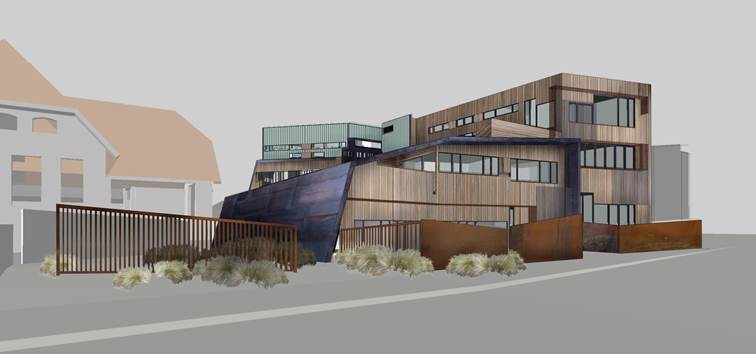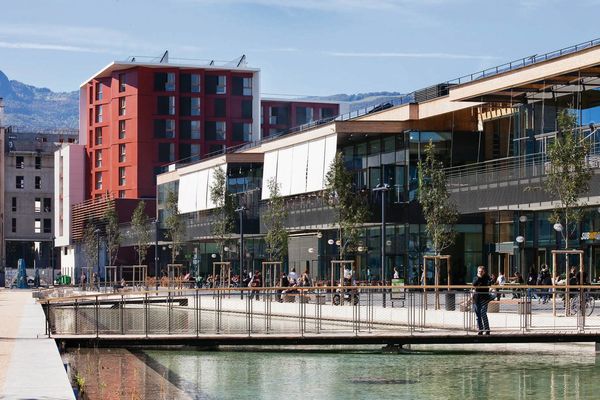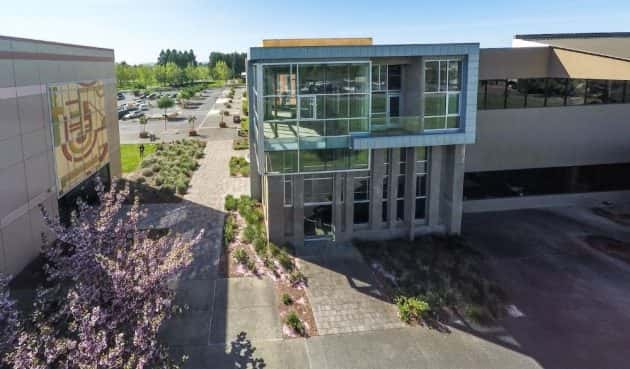The Materials category strives to create a future where all materials in the built environment are regenerative and have no negative impact on human and ecosystem health.
Transparency and consistent articulation of principles that support the production and use of nontoxic, ecologically restorative, and socially equitable materials is essential in moving toward this goal. Evaluating Red List status, embodied carbon footprint and net-positive waste can help designers improve in this category.
Based on the Materials Petal of the Living Buildings Challenge.
Materials Assessment Factors:
Material Plan
This Assessment Factor examines material selection in the development process.
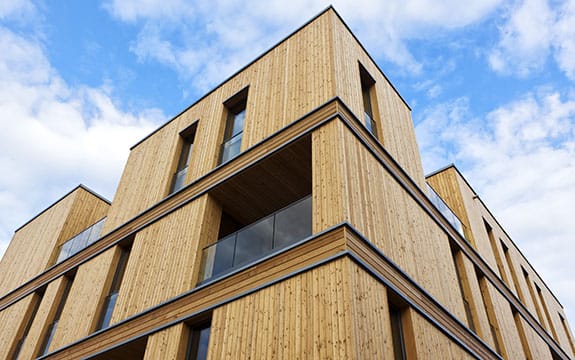
ASSESSMENT CRITERIA:
| Standard | Good | Better | Living Community Principles | Regenerative |
|---|---|---|---|---|
| Standard construction and material selection. | Some use of environmentally-preferable material selection standards, using information from manufacturers and labels. | Environmentally-preferable material selection standards used. Material plan made available to public. | Living Materials Plan Living Materials Implementation Plan in place. No Red List materials. Responsible industry and living economy sourcing--see Living Building Challenge™.2 | All materials used in the community are local, healthy, and renewable. Sourcing supports the local economy. |
Embodied Energy & Carbon
The Embodied Energy & Carbon Assessment Factor gives developers tools and suggestions for improving the energy footprint of the development.

ASSESSMENT CRITERIA:
| Standard | Good | Better | Living Community Principles | Regenerative |
|---|---|---|---|---|
| No proxy standards for reducing CO2 in material selection or construction. | Some proxy standards for reducing CO2 in material selection and construction. | Material selection requirements and proxy standards for reducing CO2 in material selection and construction. Ongoing energy usage monitoring. | Embodied Carbon Footprint Accounting and offsetting for total construction embodied carbon impact.2 | Zero net fugitive carbon created in construction. Opportunities for additional carbon storage are included. |
Waste
The Waste Assessment Factor addresses waste generated during construction and the selection of materials specifically to reduce waste generation.
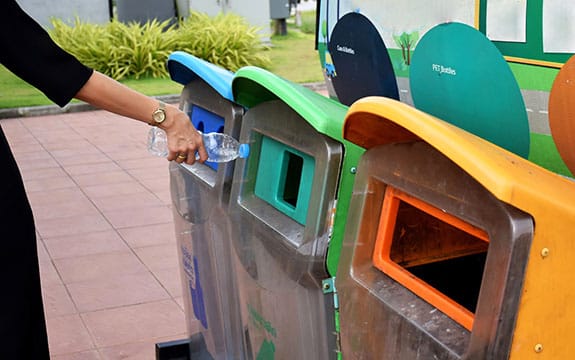
ASSESSMENT CRITERIA:
| Standard | Good | Better | Living Community Principles | Regenerative |
|---|---|---|---|---|
| Standard construction material selection and waste collection. | Material selection for recycled/recyclable materials. Waste collection facilities and waste reduction standards in place. | Reduction in construction waste. Material selection for recycled/recyclable materials. Innovative waste collection facility with waste to energy. | Net Positive Waste Material Conservation Management Plan in place. Greater than 90% reduction in waste from construction, plan for disassembly and end-of-life of products. Collection of recyclables and compostable food scraps.2 | All compostable and chemical material cycles are closed-loop. Community can process waste from other communities. |
2 Derived from the Living Communities Challenge Imperatives
